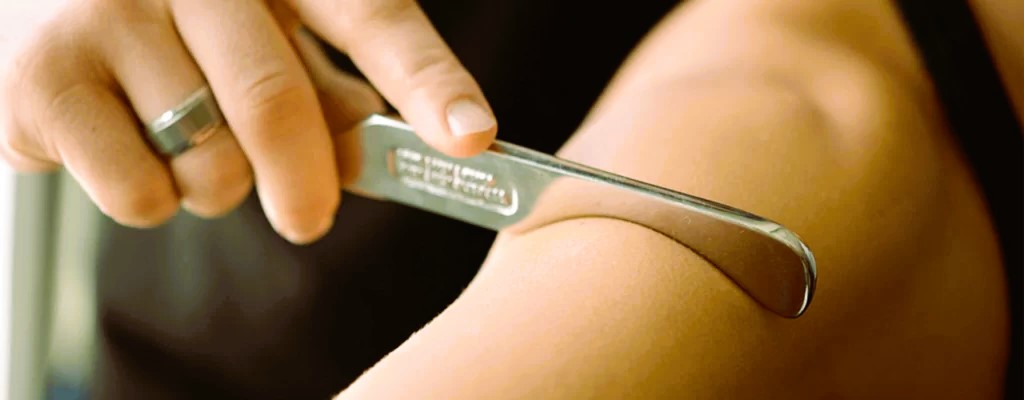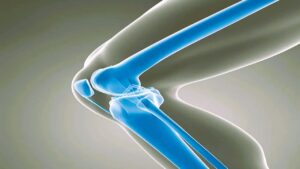The primary objective of a physical therapist is to facilitate movement, alleviate pain, restore function, and prevent disability, as outlined by The Federation of State Boards of Physical Therapy. While conventional methods like electrotherapy, ultrasound, and thermal modalities are commonly employed, the Graston Technique presents another valuable tool in the physical therapy arsenal.
Understanding the Graston Technique
The Graston Technique falls under the category of instrument-assisted soft tissue mobilization (IASTM). This approach employs specially designed instruments to detect and address various fascial restrictions, including those associated with soft tissue fibrosis, chronic inflammation, and degeneration.
Scientific research, as documented in the Journal of Exercise Rehabilitation, underscores the efficacy of IASTM, highlighting its ability to significantly enhance soft tissue function and range of motion in individuals with sports-related injuries. Moreover, IASTM has been shown to alleviate pain and expedite rehabilitation periods.

The Graston Technique operates through three key mechanisms: firstly, breaking down scar tissue and fascia to enhance function and alleviate pain; secondly, stretching connective tissue to promote reorganization of surrounding soft tissues; and thirdly, fostering a conducive environment for optimal healing.
Conditions Benefiting from the Graston Technique
The Graston Technique offers therapeutic benefits across various physical therapy conditions:
Chronic Low Back Pain
Studies, such as one published in the Journal of Physical Therapy Science, reveal significant pain reduction and improved range of motion in individuals with chronic low back pain following Graston Technique treatment.
Carpal Tunnel Syndrome
Research published in the Journal of Manipulative and Physiological Therapeutics indicates improvements in nerve conduction latencies, wrist strength, and motion in individuals with carpal tunnel syndrome after engaging in Graston IASTM. Did you like the article? Read also about Telehealth in Physical Therapy.
Joint Range of Motion Issues
Evidence suggests acute improvements in glenohumeral range of motion among baseball players receiving IASTM treatment, as reported in the International Journal of Sports Physical Therapy.
Chronic Ankle Instability
Combining the Graston Technique with dynamic balance training yields enhancements in foot and ankle function, range of motion, and pain levels in individuals with chronic ankle instability, according to the Journal of Sport Rehabilitation.

Tennis Elbow
The Graston Technique proves effective in treating lateral epicondylosis, with superior outcomes compared to conventional anti-inflammatory medications or steroid injections, as noted by the American Chiropractic Association.
Considerations for Graston Technique Application
While the Graston Technique offers benefits for many patients, caution is warranted in certain circumstances. Patients with high blood pressure, kidney disorders, or those taking blood thinners may not be suitable candidates. Additionally, treatment should be avoided on open wounds, unhealed fractures, or in specific areas during pregnancy. The application of the Graston Technique in cancer patients depends on the type and location of the cancer, necessitating careful consideration.
You can read more about this topic on the Wikipedia page.
In summary, the Graston Technique serves as a valuable adjunct to conventional physical therapy modalities, offering targeted soft tissue mobilization for enhanced patient outcomes.




